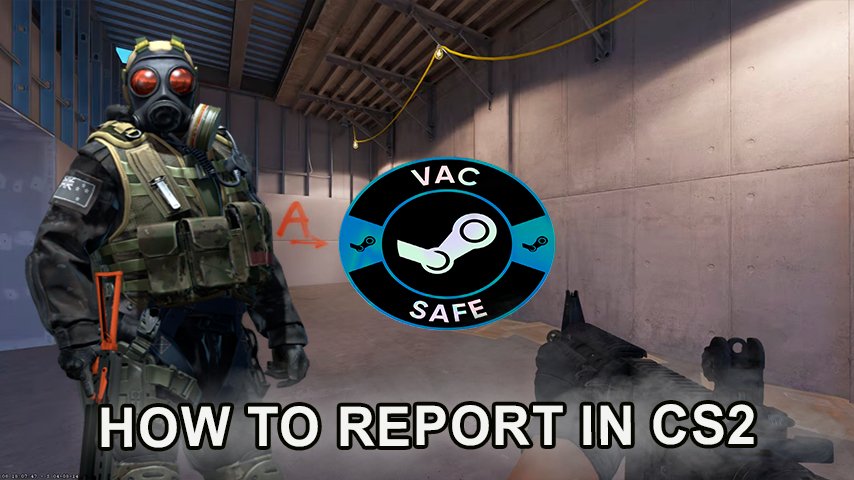The Ultimate Hookup Guide
Explore expert tips and advice on navigating the world of modern dating and hookups.
Diving Deep into CS2 Toxicity Reports: Are We Gaming or Just Gritting Our Teeth?
Explore the dark side of CS2 as we unveil toxicity reports. Are players gaming or just gritting their teeth? Dive in to discover the truth!
Understanding the Roots of Toxicity in CS2: A Community Perspective
Understanding the roots of toxicity in CS2 requires a deep dive into the community dynamics that shape player behavior. Many players often encounter negativity, and this toxicity can stem from a variety of sources, including competitive pressures and the anonymity of online interactions. For instance, when players engage in competitive matches, the high stakes can lead to heightened emotions, resulting in outbursts of anger and frustration. Additionally, the lack of accountability in online gaming environments often allows individuals to act in ways they wouldn't in face-to-face interactions, exacerbating the problem.
To mitigate toxicity in CS2, it's crucial for the community to foster a culture of respect and positivity. Players can contribute by promoting good sportsmanship and constructingively addressing negative behavior. Developers also play a vital role by implementing measures such as reporting systems and community guidelines to discourage toxic behavior. Ultimately, cultivating a supportive environment hinges upon both individual accountability and collective effort, paving the way for a more enjoyable gaming experience for all.

Counter-Strike is a highly popular first-person shooter franchise that emphasizes teamwork and tactical gameplay. Players can choose to join either the Terrorists or Counter-Terrorists, each with distinct objectives. Many gamers look to professional players for inspiration, such as Shroud, whose shroud cs2 settings can enhance gameplay efficiency and performance.
Toxicity Reports in CS2: Identifying Patterns and Solutions
Toxicity reports in CS2 have become an increasingly relevant aspect of the gaming community, highlighting not just the prevalence of toxic behavior, but also the need for effective solutions. Players are now more vocal about their experiences, and analyzing these reports can help identify patterns that contribute to a hostile gaming environment. For instance, recurring themes of harassment, bullying, and unsportsmanlike conduct emerge frequently in these reports, suggesting a need for comprehensive strategies to mitigate such behaviors.
To combat toxicity in CS2, developers and the community must work together to foster a positive gaming experience. Some potential solutions include the implementation of stricter moderation tools, the introduction of educational campaigns aimed at promoting good sportsmanship, and incentivizing players to report toxic behavior. By doing so, the community can create an atmosphere where players feel safe and encouraged to engage constructively, ultimately leading to a more enjoyable gaming environment for everyone.
Is CS2 Designed for Competitive Play or Toxic Encounters?
The debate on whether CS2 is designed for competitive play or for fostering toxic encounters is a hot topic within the gaming community. While the game aims to enhance the competitive experience with improved mechanics, balanced maps, and robust matchmaking systems, it is not immune to the darker side of online gaming. Many players encounter unmoderated behaviors that can lead to a toxic environment, detracting from the enjoyment of the game. This juxtaposition poses a significant question: can CS2 effectively balance its competitive integrity while minimizing toxicity?
To address this issue, developers have implemented several features aimed at promoting a healthy gaming environment. CS2 integrates robust reporting systems and in-game penalties for unsportsmanlike conduct, which are steps towards nurturing a positive community. However, players often report that despite these measures, toxicity persists due to the anonymous nature of online gaming. It remains essential for both the developers and the community to work together to foster respect and sportsmanship, ensuring that CS2 thrives as a platform for genuine competitive play rather than becoming a breeding ground for toxic encounters.